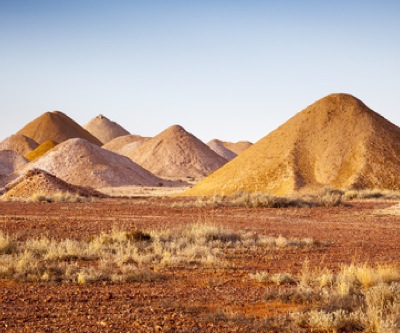
A recent research paper published by University of Sydney Associate Professor Patrice F. Rey suggests that if Martians were to land anywhere on Earth, they would likely do it in Australia as they would feel at home.
In his article Opalisation of the Great Artesian Basin: an Australian story with a Martian twist, published this week at the Australian Journal of Earth Sciences, Rey exposes a unique set of attributes that suggest the country’s red centre is a close analogue for Mars’ surface.
He also explains how that unusual weathering led to the formation of precious opals, Down Under’s national gemstone, which has been mined in central Australia for over a century.
Opals formation at shallow depths, and why it can mostly be found in central Australia – yet hardly anywhere else on Earth – has remained a mystery. Rey discovered some key evidence to explains how and why the occurrence happens.
The formation of Australian opal, he says, was due to an extraordinary episode of acidic weathering during the drying out of the central Australian landscape that followed the regression of the Eromanga Sea 100 years ago.
That caused an “extraordinary episode of acidic weathering,” which is vary rare on Earth. As a result, pyrite minerals, commonly referred to as fool’s gold, began releasing sulphuric acid.
Central Australia is believed to be the only place on earth where acidic weathering of that scale took place.
The only other area where similar conditions have been observed is on the surface of Mars, the expert said.
NASA discovered non-precious opal deposits on the red planet in 2008.
Australia produces 95% of the world’s opals.
Image: Opal mining in Coober Pedy, Australia. Shutterstock/ Markus Gann